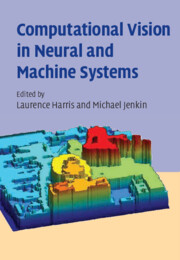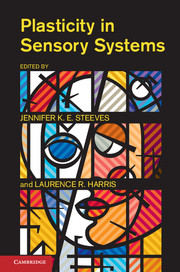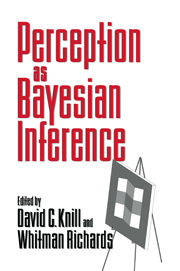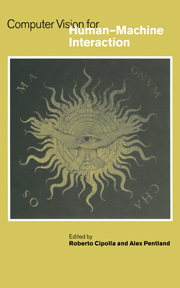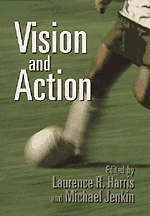Computational and Psychophysical Mechanisms of Visual Coding
All visual tasks, from the simplest computer graphics program to the most complex biological visual system, require an underlying representation of visual information. The structure or coding of this representation provides the framework for processing the information. Both the biological and computational communities have had to address the task of designing or inferring visual coding strategies. This volume, by some of the most active contributors in the field of visual coding, describes some of the mechanisms used to code descriptions of visual phenomena in both areas. These chapters illustrate the similarities in the problems considered and the common models and algorithms that are proposed to solve them. The book includes an overview that sets the later chapters in context. Researchers in neuroscience and computational vision will find a wealth of new ideas here.
- Combination of biological and machine/computational approaches to visual information processing
- Individual chapter authors are among the most active researchers in the field of visual coding
- Includes introductory overview setting later chapters in context
Product details
May 1997Hardback
9780521571043
373 pages
262 × 184 × 23 mm
0.86kg
121 b/w illus. 3 tables
Unavailable - out of print March 2010
Table of Contents
- 1. Computational and psychophysical mechanisms of visual coding Laurence Harris and Michael Jenkin
- 2. Different approaches to the coding of visual segmentation Hans-Christoph Nothdurft
- 3. Coding simple shapes for recognition and the human integration of shape descriptors Gregory Dudek, Martin Arguin, Michael Dixon and Daniel Bub
- 4. Experiments on motion aftereffects Stuart Anstis
- 5. Visuomotor codes for three-dimensional saccades J. Douglas Crawford
- 6. Modelling binocular neurons in the primary visual cortex David Fleet, David Heeger and Herman Wagner
- 7. Symmetries, structure and schemata in perceptual coding Christopher W. Tyler
- 8. The coding of self motion Laurence Harris
- 9. Invariant object recognition Edmund T. Rolls
- 10. Object representations in the recovery and tracking of 3-D shapes Sven J. Dickenson and Dimitri Metaxas
- 11. Coding of position and orientation Dennis M. Levi
- 12. A historical review of the imagery debate Heather L. Jenkin
- 13. A simple algorithm that discovers efficient perceptual codes Brendan J. Frey, Peter Dayan and Geoffrey E. Hinton.


